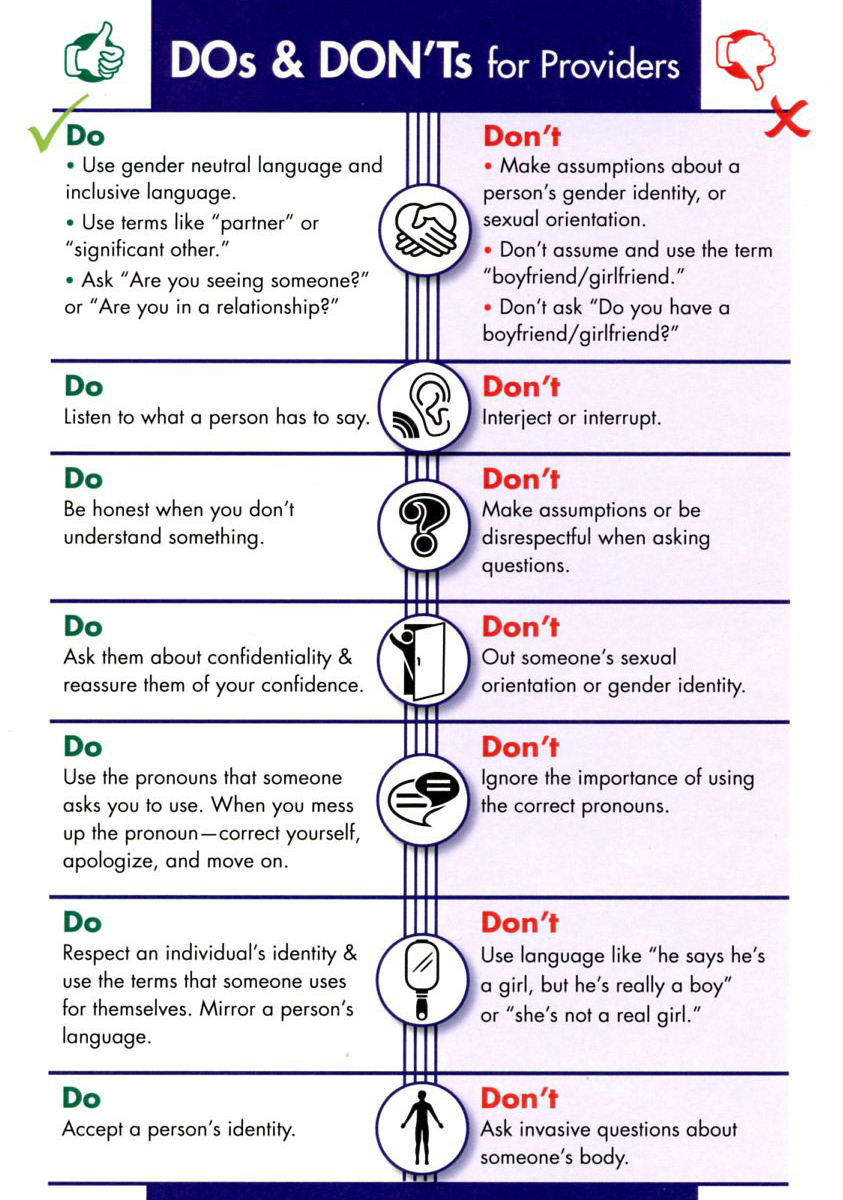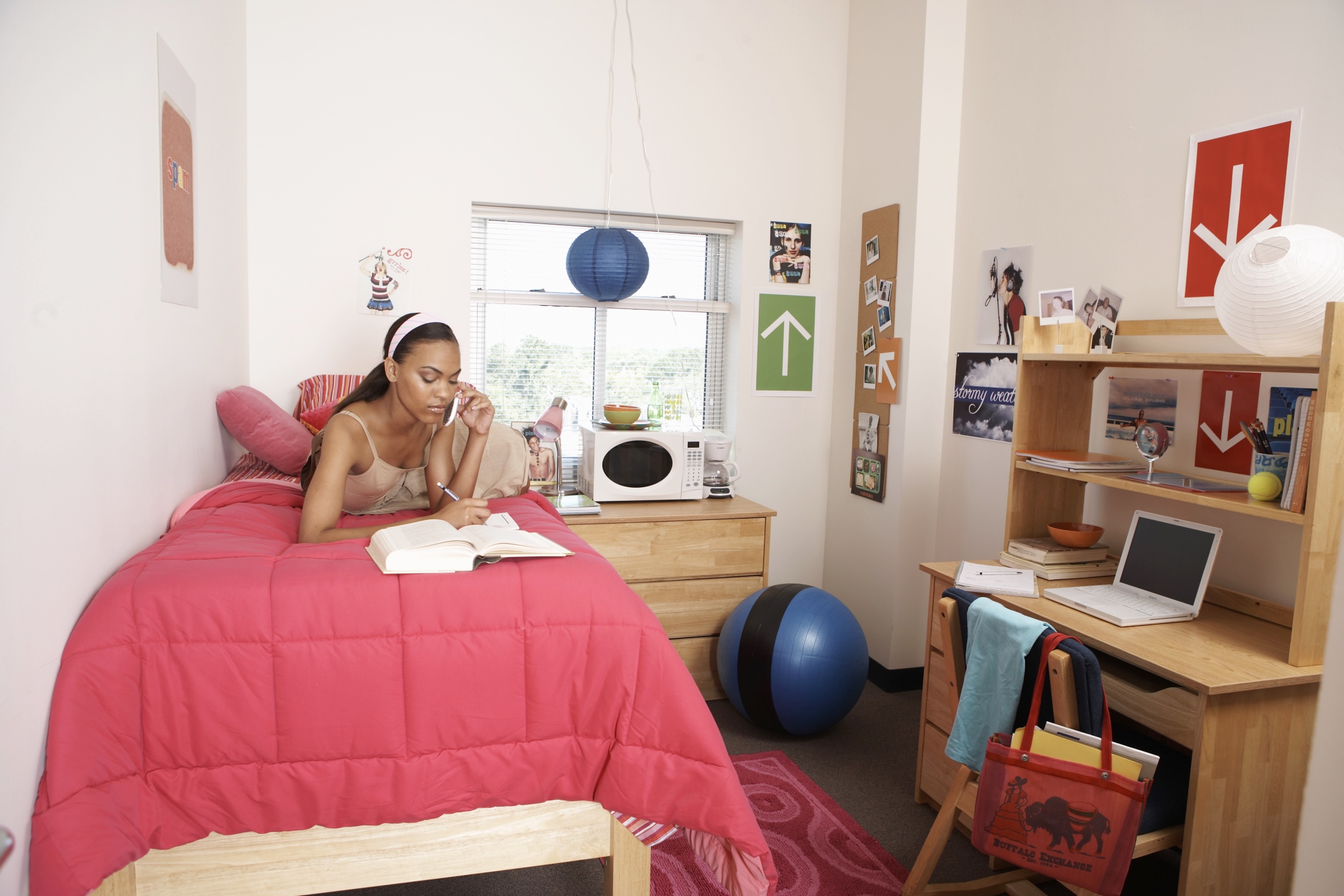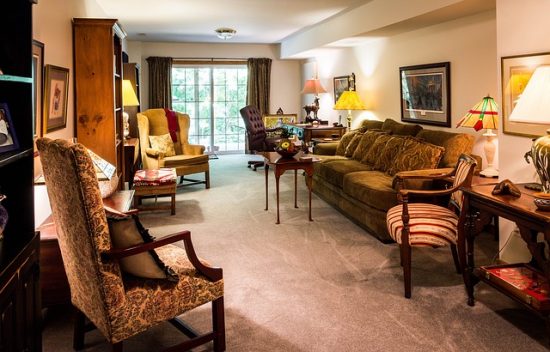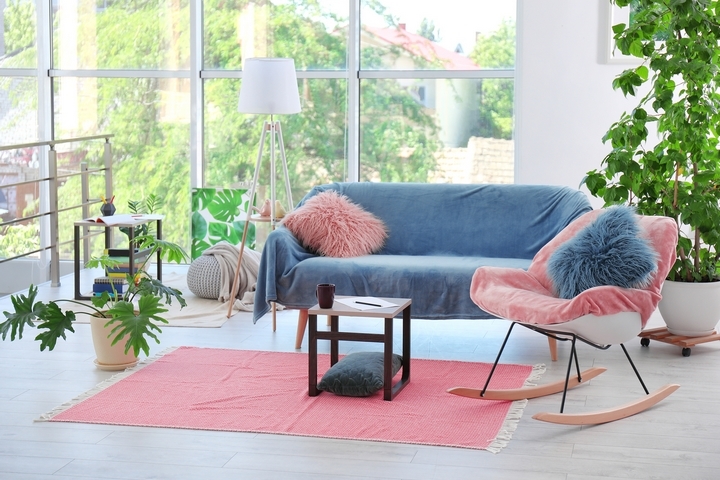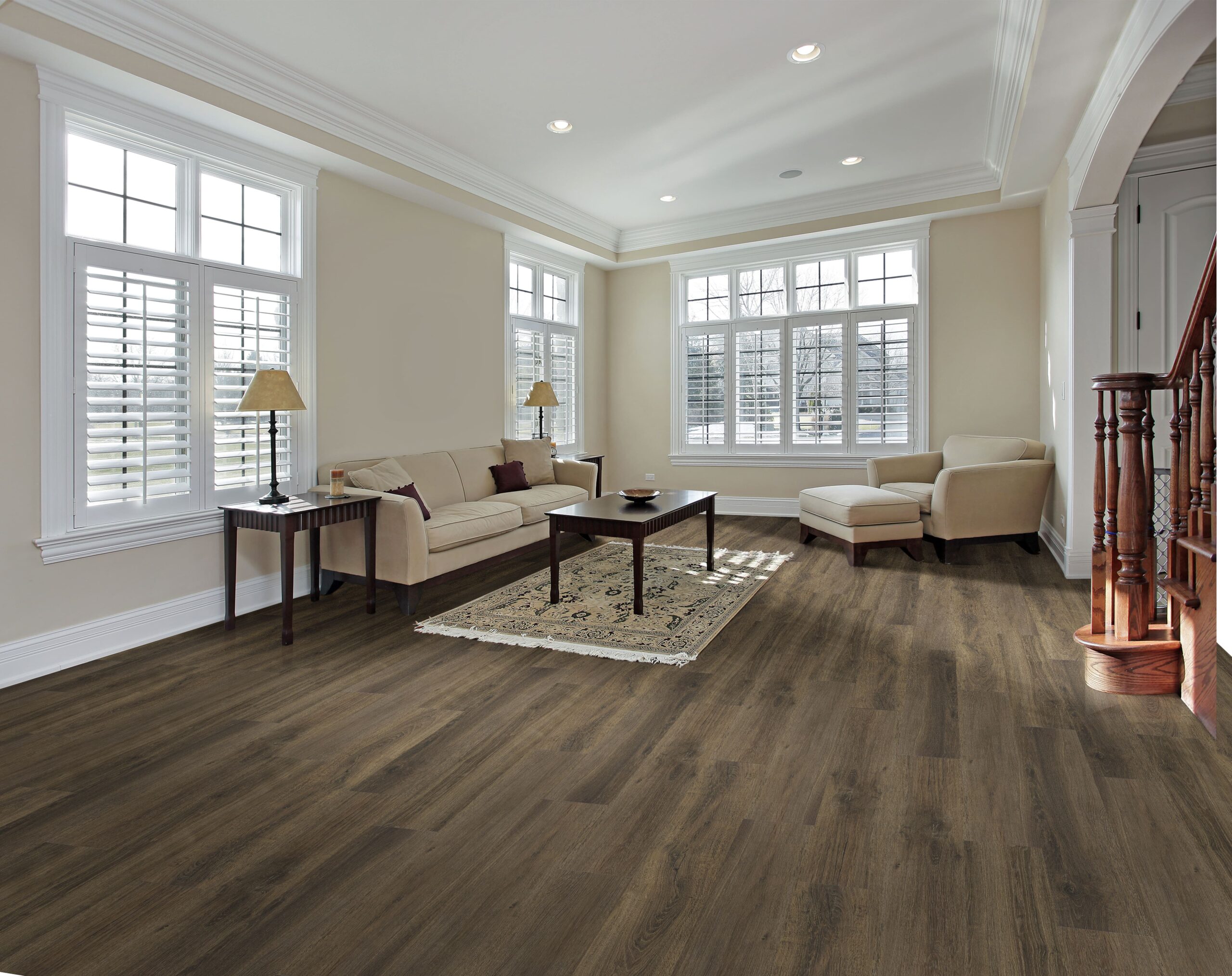When it comes to designing a living room, one of the key decisions you have to make is whether to match your furniture or mix and match different pieces. Some people believe that matching living room furniture is a design faux pas, while others swear by it. But what is the truth? Is matching living room furniture good or bad? Let's find out. Matching Living Room Furniture: Good or Bad?
There are both pros and cons to matching living room furniture. One of the biggest advantages is that it creates a cohesive and uniform look in the room. This can be especially beneficial if you have a small or awkwardly shaped living room, as matching furniture can help create a sense of balance and order. Additionally, matching furniture sets are often designed to complement each other, making it easier to create a visually appealing space. On the other hand, one of the downsides of matching living room furniture is that it can be perceived as boring or lacking in personality. It can also limit your options when it comes to incorporating different styles or colors into your design. But this doesn't necessarily mean that matching furniture is a bad choice. The Pros and Cons of Matching Living Room Furniture
The answer to this question is not a simple yes or no. Matching living room furniture can be a design faux pas if it is done in a way that is too literal and lacks creativity. However, if it is done thoughtfully and with attention to detail, it can result in a beautiful and cohesive living room design. To avoid falling into the trap of a boring and uninspired design, it's important to mix and match different elements within the matching furniture set. For example, you can add a pop of color with accent pillows or incorporate different textures with throws and rugs. This will add visual interest and personality to your living room while still maintaining a cohesive look. Is It a Design Faux Pas to Match Living Room Furniture?
If you do decide to go with matching living room furniture, here are some dos and don'ts to keep in mind: Do: The Dos and Don'ts of Matching Living Room Furniture
If you're not a fan of matching living room furniture, don't worry. You can still create a cohesive and well-designed space by mixing and matching different pieces. Here are some tips to help you do it like a pro: Choose a focal point: Start by choosing one piece of furniture as the focal point of the room, whether it's a statement sofa or a beautiful coffee table. This will serve as the anchor for the rest of the pieces in the room. Stick to a color scheme: To avoid a chaotic and mismatched look, choose a color scheme and stick to it. This will create a sense of harmony and cohesion in the room. Mix different styles: Don't be afraid to mix different styles in your living room. For example, you can pair a sleek and modern sofa with a vintage-inspired armchair for an interesting and unique look. Play with textures and patterns: Just like with matching furniture, incorporating different textures and patterns can add depth and visual interest to a mixed and matched living room design. How to Mix and Match Living Room Furniture Like a Pro
Despite the potential downsides, there are many benefits to matching living room furniture. One of the biggest advantages is that it makes shopping for furniture easier and less time-consuming. Instead of having to search for individual pieces that complement each other, you can simply purchase a matching set and be done with it. Additionally, matching furniture sets are often designed to be comfortable and functional, making them ideal for everyday use. This can be especially beneficial for families with children or pets. The Benefits of Matching Living Room Furniture
While there are definitely benefits to matching living room furniture, there are also some potential pitfalls to be aware of. One of the biggest drawbacks is the lack of individuality and personalization. A room filled with matching furniture can feel sterile and uninviting, lacking in character and personality. Another disadvantage is that matching furniture sets can be expensive, and you may not always find pieces that fit your budget or style preferences. This can limit your options and make it more difficult to create a unique and personalized living room design. The Pitfalls of Matching Living Room Furniture
Ultimately, the decision between matching and contrasting living room furniture comes down to personal preference and the overall look you want to achieve. Both options have their own benefits and drawbacks, and it's important to consider your own style, budget, and living room layout when making this decision. If you prefer a more traditional and cohesive look, matching living room furniture might be the way to go. But if you want a more eclectic and personalized space, mixing and matching different pieces can help you achieve that. Matching vs. Contrasting Living Room Furniture: Which is Better?
Whether you choose to match your living room furniture or mix and match different pieces, it's important to consider how it will impact the overall design of the room. Matching furniture can create a more formal and put-together look, while mixed and matched pieces can result in a more relaxed and eclectic vibe. It's also important to think about how the furniture will complement or clash with other elements in the room, such as the flooring, walls, and decor. This will help you create a cohesive and visually appealing space. The Impact of Matching Living Room Furniture on the Overall Design
If you've decided to go with matching living room furniture, here are some tips to help you create a cohesive and well-designed space: Choose a style: Start by choosing a specific style for your living room, whether it's modern, traditional, or something in between. This will help guide your furniture choices and ensure that everything works together seamlessly. Incorporate different textures: To avoid a bland and monotonous look, incorporate different textures in your matching furniture set. This can be achieved through different fabric choices, materials, and finishes. Play with accents: Just because your furniture is matching doesn't mean it has to be all the same. Adding accent pieces, such as a different colored chair or patterned throw pillows, can add depth and interest to the room. Think about the layout: When arranging your matching living room furniture, consider the layout of the room and how the furniture will fit into it. This will help ensure that the space is functional and visually appealing. Overall, whether you choose to match your living room furniture or mix and match different pieces, the most important thing is to create a space that reflects your personal style and makes you feel at home. By following these tips, you can achieve a well-designed and cohesive living room that you'll love spending time in. How to Create a Cohesive Look with Matching Living Room Furniture
Matching Living Room Furniture: The Pros and Cons
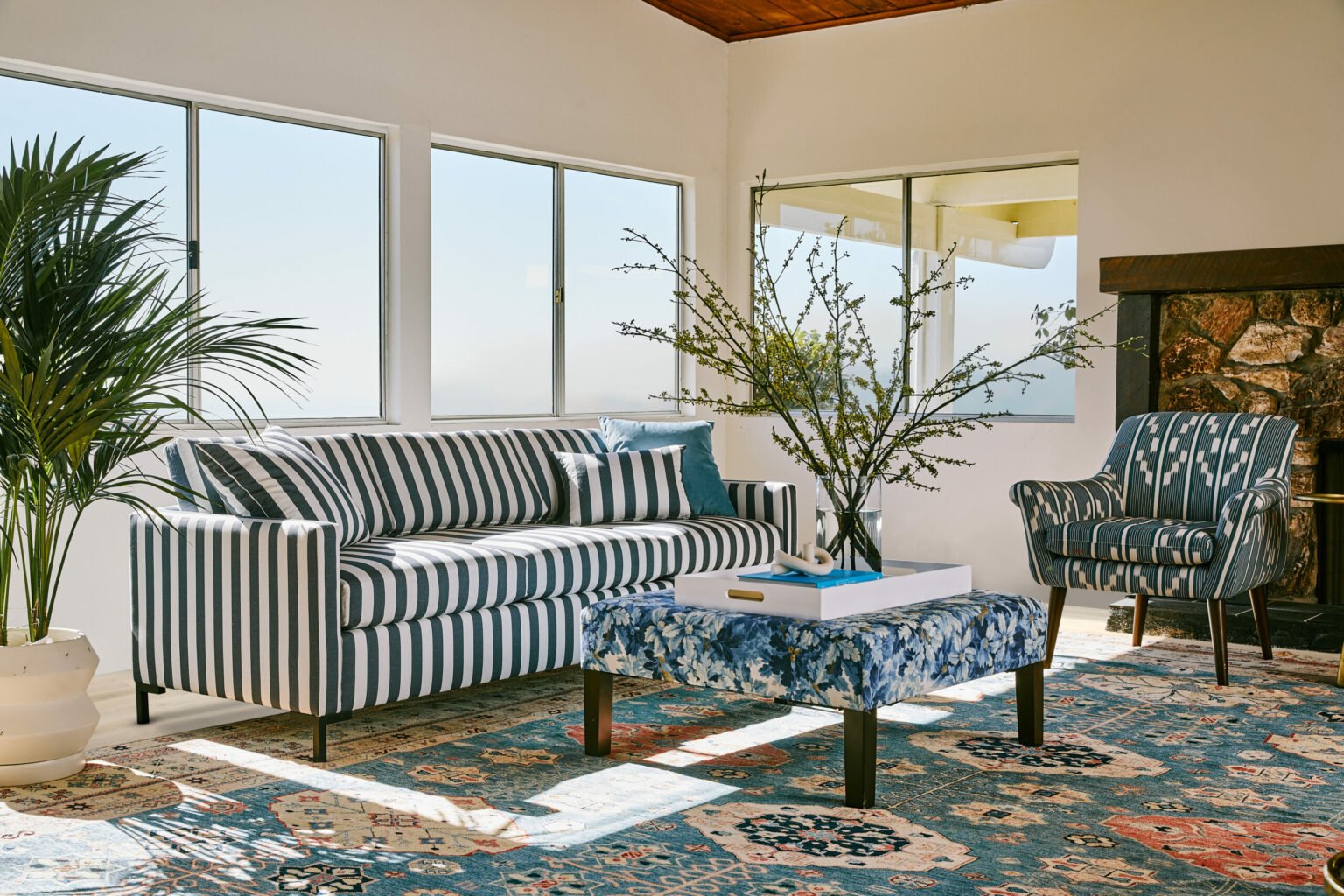
The Importance of Coordinated Furniture in House Design
 When it comes to designing a living room, one of the biggest debates is whether or not to have
matching furniture
. Some homeowners believe that
matching furniture
creates a cohesive and put-together look, while others argue that it can be too cookie-cutter and boring. So, is
matching living room furniture
really bad? Let's explore the pros and cons.
When it comes to designing a living room, one of the biggest debates is whether or not to have
matching furniture
. Some homeowners believe that
matching furniture
creates a cohesive and put-together look, while others argue that it can be too cookie-cutter and boring. So, is
matching living room furniture
really bad? Let's explore the pros and cons.
The Pros of Matching Furniture
 One of the main benefits of having
matching living room furniture
is the cohesive and harmonious look it creates. When all pieces of furniture are coordinated, it gives a sense of unity and balance to the room. This can be especially beneficial for smaller living rooms, as
matching furniture
can make the space feel larger and less cluttered. It also makes it easier to rearrange the furniture when needed, as everything is designed to fit together.
Another advantage of
matching living room furniture
is that it can be more budget-friendly. Buying a set of furniture from the same collection often comes at a lower cost than purchasing individual pieces from different collections. This can be a great option for those on a tight budget but still want a cohesive and stylish look for their living room.
One of the main benefits of having
matching living room furniture
is the cohesive and harmonious look it creates. When all pieces of furniture are coordinated, it gives a sense of unity and balance to the room. This can be especially beneficial for smaller living rooms, as
matching furniture
can make the space feel larger and less cluttered. It also makes it easier to rearrange the furniture when needed, as everything is designed to fit together.
Another advantage of
matching living room furniture
is that it can be more budget-friendly. Buying a set of furniture from the same collection often comes at a lower cost than purchasing individual pieces from different collections. This can be a great option for those on a tight budget but still want a cohesive and stylish look for their living room.
The Cons of Matching Furniture
 While
matching living room furniture
can have its benefits, there are also some downsides to consider. One of the main concerns is that it can be too predictable and lack personality. Having all pieces of furniture in the same color, style, and design can make the room feel bland and unoriginal. This can be a major turn-off for those who prefer a more eclectic and unique look in their living room.
Another downside to
matching living room furniture
is that it can limit creativity and flexibility in design. It may be challenging to add new pieces or switch up the decor without disrupting the overall cohesive look. This can be a problem for homeowners who like to change up their living room style frequently.
While
matching living room furniture
can have its benefits, there are also some downsides to consider. One of the main concerns is that it can be too predictable and lack personality. Having all pieces of furniture in the same color, style, and design can make the room feel bland and unoriginal. This can be a major turn-off for those who prefer a more eclectic and unique look in their living room.
Another downside to
matching living room furniture
is that it can limit creativity and flexibility in design. It may be challenging to add new pieces or switch up the decor without disrupting the overall cohesive look. This can be a problem for homeowners who like to change up their living room style frequently.
In Conclusion
 So, is
matching living room furniture
bad? The truth is, it all depends on personal preference and the overall design aesthetic of the home.
Matching furniture
can create a polished and put-together look, but it may not be suitable for everyone. Ultimately, the key is to strike a balance between coordinating pieces and adding unique touches to make the living room feel personalized and inviting.
So, is
matching living room furniture
bad? The truth is, it all depends on personal preference and the overall design aesthetic of the home.
Matching furniture
can create a polished and put-together look, but it may not be suitable for everyone. Ultimately, the key is to strike a balance between coordinating pieces and adding unique touches to make the living room feel personalized and inviting.

























